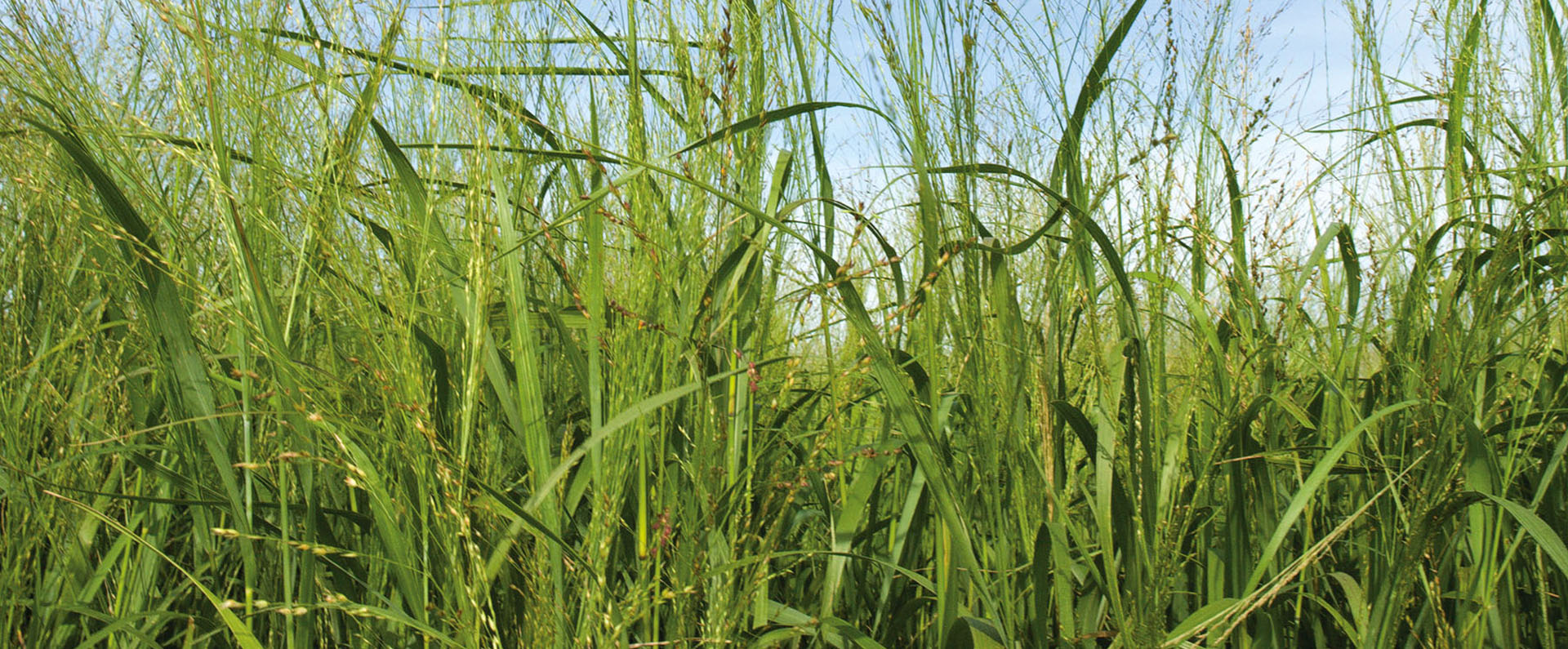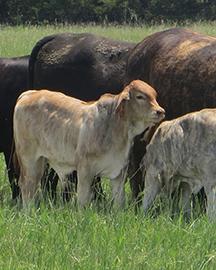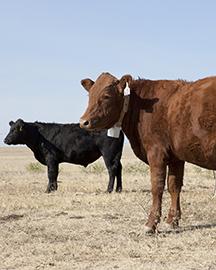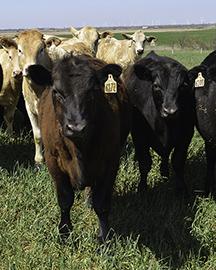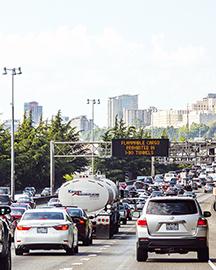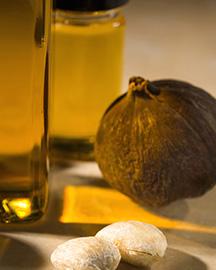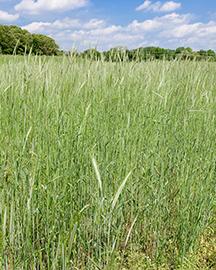Keeping Carbon In Soil And Out Of The Atmosphere
As greenhouse gases continue to accumulate and trap heat in our atmosphere, effective mitigation tactics are now more essential than ever. To help develop sustainable agriculture practices that align with this goal, ARS scientists at the Grassland Soil and Water Research Laboratory in Temple, TX, found that intercropping perennial herbaceous crops with trees successfully increased organic soil carbon levels. During their trials, the team intercropped switchgrass—a hardy perennial plant commonly found in prairies—with poplar trees and discovered that the combination was especially effective in sequestering carbon inside the soil. This discovery is particularly important because carbon sequestration, or storing carbon in plants and trees, can prevent carbon from rising to the atmosphere and becoming a greenhouse gas.
With the success of this switchgrass and poplar intercropping system, forest plantation owners can enjoy additional environmental services like nutrient cycling, improved water use, and heightened air quality. Perennial herbaceous crops like switchgrass are also highly in demand as fuel sources for the bioenergy industry, allowing growers to enjoy greater economic returns while also committing to sustainable agriculture.


